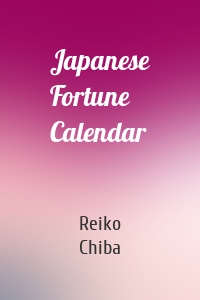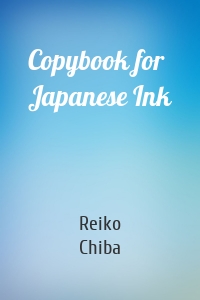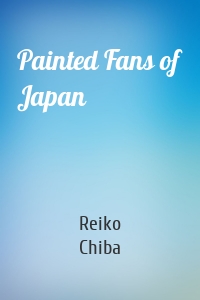Reiko Chiba
5 кн.
Sesshu's Long Scroll
Sesshu's Long Sroll is the masterwork of the 15th-century Japanese artist, Susshu—considered by many Japanese to be their greatest.Famed not only as a painter but also as a Zen priest and a great traveler, Sesshu found inspiration for his wonderful landscapes both in China and Japan. This magnificent scroll, which pictures the procession of the seasons, is essentially religious painting with a strong atmosphere of Zen Buddhism. Nature, rather than man, is dominant, although the...
| Автор | Reiko Chiba |
Seven Lucky Gods of Japan
This Japanese Shinto book profiles each of the «Seven Luck Gods»—important deities in Japanese culture.The Seven Lucky Gods of Japan are a group of deities whose origins stem from Indian, Chinese, and indigenous Japanese gods of fortune. Not all of the gods are mythical beings. One of them is an actual historical person. Each of the seven gods has been recognized as a deity for more than a thousand years and each has had its own large following of believers. Gradually, however, these...
| Автор | Reiko Chiba |
Japanese Fortune Calendar
This guide to the Japanese zodiac gives a complete explanation of all 12 animal years.Like people of the West, Eastern people have a zodiac. Unlike that of the West, however, the Eastern system has a cycle of twelve years instead of months. Each year of the cycle has its own particular animal symbol whose roots of meaning, origin, and influence stretch back to ancient India and China.One of the traditional Japanese stories pertaining to this zodiacal system and how it started runs as follows. On...
| Автор | Reiko Chiba |
Copybook for Japanese Ink
A Copybook for Japanese Ink Painting is designed for artists who are eager to find a new outlet for his talents.The paintings are the work of Shutei Ota, an artist who has had a long career of introducing Japanese ink-painting to Westerners. As a teacher, she has found the language barrier to be no handicap. She teaches by showing, by example, and by holding the hands of her students-beginning immediately with strokes and foregoing preliminary sketches. «Paint now» is her philosophy. She likes...
| Автор | Reiko Chiba |
Painted Fans of Japan
Noh Fans are an essential element element of Japanese theater and this collection of fans is a rare example of this fine Japanese art.The chief purpose of Painted Fans of Japan is to present for Westerners some of the gorgeous paintings found on fans used in the traditional Japanese Non drama. Painting as limited to conform to the fan shape has teen practiced for hundreds of years in Japan, even by such immortal artists as Sotatsu and Korin. Until now, however, there has been no popularly...
| Автор | Reiko Chiba |






